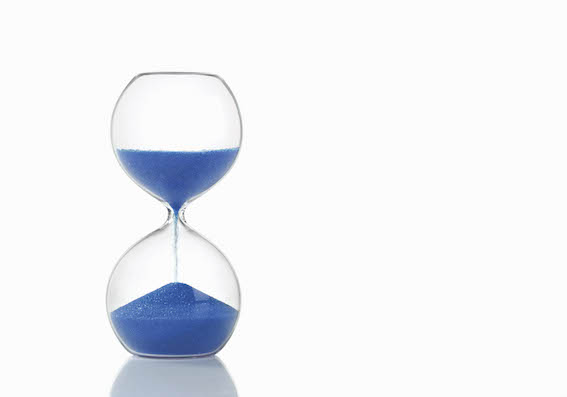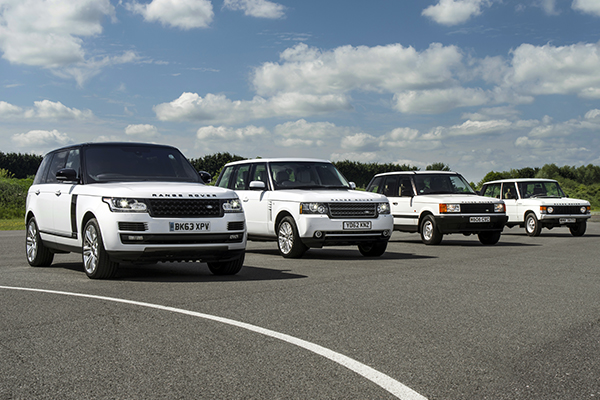
I recently had a chance to visit The Ken Blanchard Companies to pilot content from my newest book, Influence in Action: How to Build Your Conversational Capacity, Do Meaningful Work, and Make a Powerful Difference. The premise of this new book is how to exercise more effective leadership—and find deeper purpose and meaning—by building your ability to engage in open, constructive, learning-focused dialogue when it counts. This content builds upon the work of my earlier book, Conversational Capacity — a portion of which is being used in The Ken Blanchard Companies’ new Team Leadership program.
In both the books and the new program, we look at practices leaders can use to increase their awareness, cultivate a new mindset, and hone new skills to increase their own conversational capacity and that of their team.
What is conversational capacity? It’s the ability to remain both candid and curious under pressure. It is in this “sweet spot,” where candour and curiosity are in balance that leaders can have the most influence and their teams are able to perform at their best.
One of the important things we teach is learning how to recognise when emotional reactions threaten to knock us off balance. After all, it’s really hard to stay in a sweet spot if we’re not even aware we’ve slipped out of it. This requires learners to become conscious of two defensive emotional reactions, grounded in the powerful fight-or-flight response, that trigger us out of the sweet spot: When the need to win (to be right, to get our way) triggers, we tend to drop curiosity. When the need to minimise the level of risk, tension, or discomfort triggers, we tend to drop candour.
One simple tool that is helpful for increasing the ability to recognise when these defensive reactions threaten our balance is a trigger journal. In a trigger journal, we notice those moments in life when we leave the sweet spot—and then ask ourselves three questions: What was the trigger? How did it affect my behaviour? and What would be a better way to respond next time I catch it?
Each of us is triggered in distinct ways. Our differing personalities, roles, cultural backgrounds, experiences, and many other factors guarantee it. For example, a situation that triggers you to shut down might prompt your colleague across the table to heat up.
The goal of a trigger journal isn’t necessarily to get in touch with all of your triggers—I doubt that’s even possible—but to get in the habit of noticing when you’re triggered so you can label it. Research shows that if you can label an emotional reaction, it gives you more control over it. So on the awareness front, the basic discipline in building your conversational capacity is to get better at catching it, naming it, and taming it.
There is a power in being able to say; “I can feel my need to minimise starting to kick in. I’d better watch that or I’m at risk of dropping candour,” or “There’s my need to win gearing up. I need to be careful or I’ll leave the sweet spot.” It allows you to take the next steps: First, refocusing on what matters in the conversation—learning, thinking more clearly, and working with others to make the most informed decisions possible; and then replacing your habitual behaviours with skills that will keep you in balance. When your need to minimise kicks in, you can employ two candour skills to stay in the sweet spot. When your need to win is triggered, two curiosity skills can help you stay balanced.
This is the power of conversational capacity. We are able to remain aware, focused on learning, and behaviourally balanced even in difficult moments. And what’s beautiful about this discipline is that it is helpful at both the individual and the team level.
A single person can have a demonstrable impact on the way decisions are made in a meeting because they can use this framework to influence the conversation in a constructive way—even if no one knows what they’re doing. We can walk into a team meeting about a contentious decision, for example, and by knowing what to watch for and how to respond in more mindful ways, we can have a profound impact on the way the conversation unfolds and the decision gets made.
In Conversational Capacity, I share an example of a parent-teacher conference where the teacher is the only person in the meeting who knows these skills. The parents are extremely upset about what they believe is happening. Yet the teacher is able to pull the entire conversation back into the sweet spot, where it should be: focusing on what matters—getting the parents, the school, and the teachers on the same page about what’s best for a young child’s education.
Conversational capacity is even more powerful when people on a team have a shared set of concepts and skills for how they’re going to communicate when something difficult is on the table. They can create, either formally or informally, what I refer to as a conversational code of conduct—a set of agreements for how team members behave with one another when something important is at stake.
A core idea in my work is how, no matter your status or station, you can play a leading role in building healthier work relationships, teams, organisations, and communities. Building your conversational capacity, and that of your team, is the key to doing it.
If you wish to learn more about The Ken Blanchard Companies’ research on team leadership, please contact uk@kenblanchard.com or visit www.kenblanchard.com/Resources





